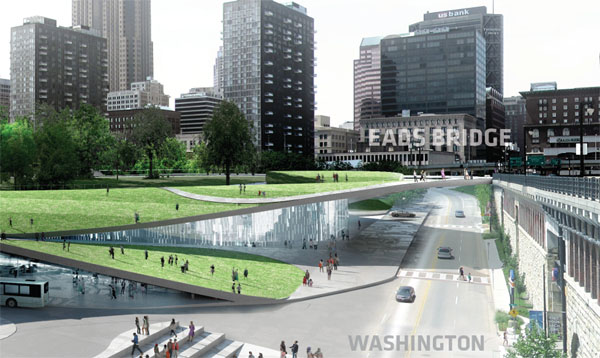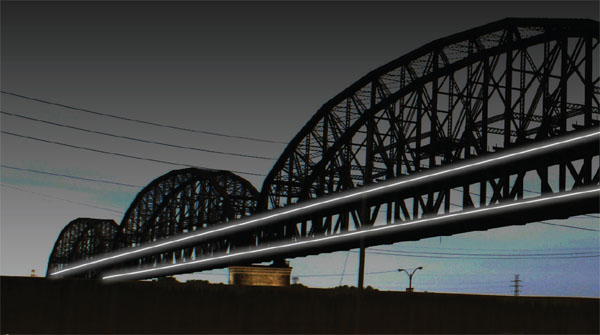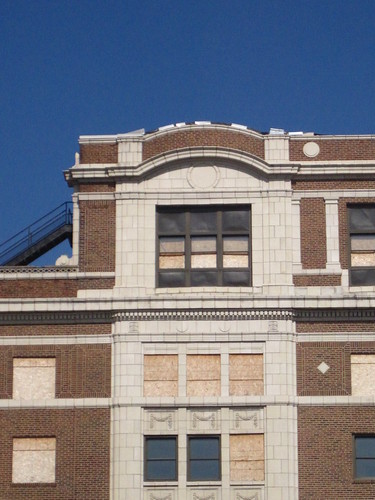This weekend, East St. Louis is celebrating its 150th anniversary with a two-day program of events. All events take place at the East St. Louis Higher Education Center, 601 James R. Thompson Boulevard in downtown East St. Louis.

Friday, July 8, 2011: 11:00 a.m. to 1:00 p.m.
11:00 Building D Multi-Purpose Room
• Ceremony to mark the transition of the East St. Louis Action Research Project from the University of Illinois-Urbana/Champaign to Southern Illinois University Edwardsville; representatives from the two universities will review the history of the ESLARP program and the exciting plans for the future
12:00 Building D Multi-Purpose Room
• Brown Bag Lunch Program: Dr. Malcolm McLaughlin will be the featured speaker at this event, sponsored by the St. Louis Metropolitan Research Exchange. Dr. McLaughlin is a lecturer in American Studies at the University of East Anglia in England and is the author of Power, Community, and Racial Killing in East St. Louis, a study of the 1917 riot. Free parking in Lot E. The cafeteria in Building B will be open for lunch purchases.
Saturday, July 9, 2011: 9:00 a.m. to 2:00 p.m.
9:00 a.m.
• Family History Center (Building B Cafeteria, until 2:00): bring your elders and family photos to the Family History Center. SIUE students will record participants and their memorabilia on videotape for the University Archive and website. (Participants will be asked to sign a copyright release for the videotaping.)
• History Display Area (Building D Multi-Purpose Room, until 2:00): come visit the history display area for exhibits of East St. Louis’s industrial and cultural past. These include special displays by Eugene Redmond (poet laureate of the city), Howard Rambsy (director of the SIUE Black Studies Program), Reginald Petty (renowned local historian and author), and Edna Patterson-Petty (award winning artist, whose work is on display on the Higher Education Campus).


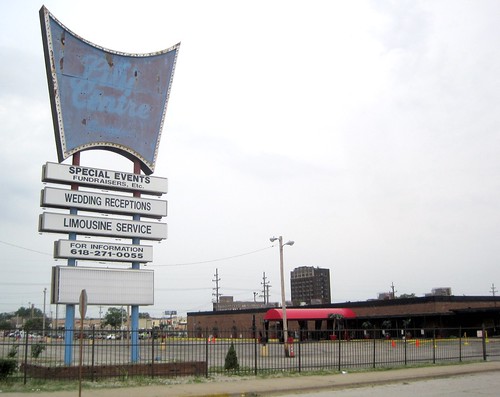
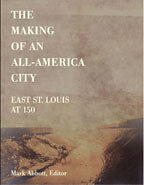 How is it that a city that has been labeled “the most distressed small in city in America†has also been home to some of the most amazing artists and talents in American life? And despite devastating population and job losses, how is it that East St. Louis has manifested such community resiliency and resolve? The Making of an All-America City: East St. Louis at 150 examines these paradoxes as it chronicles the rich history of this so-called failed industrial suburb. A collection of fifteen essays and one prose poem, The Making of an All-America City explores East St. Louis’ life as a river city, its complex experience with race, its challenges of deindustrialization, and the political choices that it has made from a wide range of perspectives.
How is it that a city that has been labeled “the most distressed small in city in America†has also been home to some of the most amazing artists and talents in American life? And despite devastating population and job losses, how is it that East St. Louis has manifested such community resiliency and resolve? The Making of an All-America City: East St. Louis at 150 examines these paradoxes as it chronicles the rich history of this so-called failed industrial suburb. A collection of fifteen essays and one prose poem, The Making of an All-America City explores East St. Louis’ life as a river city, its complex experience with race, its challenges of deindustrialization, and the political choices that it has made from a wide range of perspectives.
